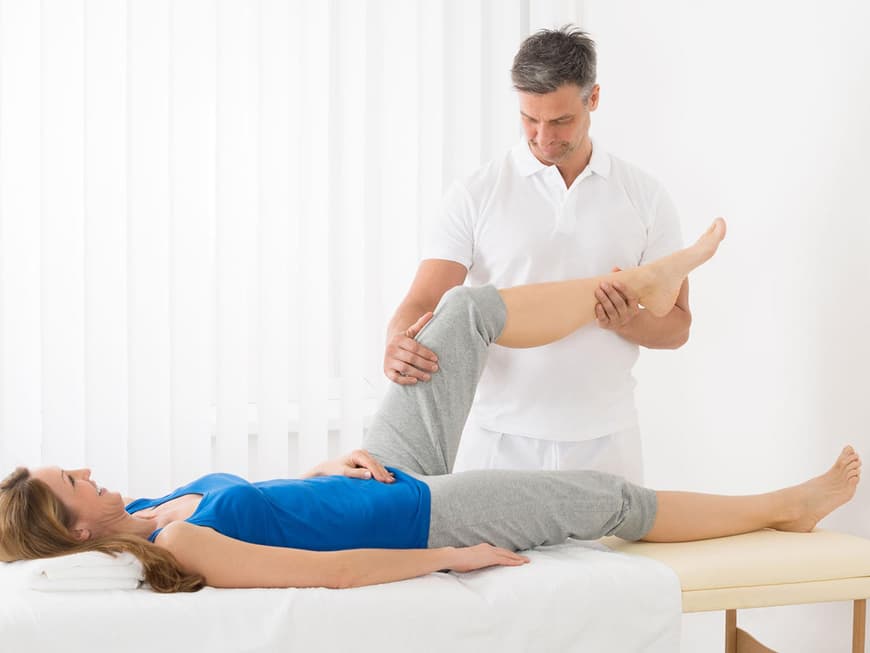
The small sacs are filled with synovial fluid, are a few centimetres long and wide, sit over the joint and protect its tendon, ligaments and muscles from impact, pressure and friction. In technical terms, they are called bursa. There are over 150 of them in the human body - the bursae on the shoulder, elbow and knee joints are particularly at risk, as these so-called large joints are under constant strain.
Cause: overloading, infections or osteoarthritis
Such inflammation is usually caused by overloading, but an infection or injury can also be the cause. Osteoarthritis or gout cause changes in the joints and can therefore affect the corresponding bursa. The symptoms: pain, redness and swelling in the affected area. They are accompanied by fever, tiredness and fatigue.
Diagnosis: palpation and ultrasound
The diagnosis is made by simple palpation, often accompanied by an ultrasound - this allows the extent of the inflammation to be precisely identified: the size of the affected bursa and the amount of fluid. Deeper inflammation can also be visualized very well by ultrasound. A blood test quickly shows whether gout or osteoarthritis is the cause. X-rays are rarely used.
Therapy: rest and medication
Rest is the most important thing for now. The doctor prescribes a splint to immobilize the joint. Cool pads and cooling ointments reduce the swelling. Anti-inflammatory medication such as ASA, diclofenac or ibuprofen also help well. However, if fluid can still be felt in the affected area after the symptoms have subsided, it is suctioned out. If it does not improve after three to six weeks, the inflammation is chronic - in most cases the bursa is then removed completely.
Prevention: no one-sided strain
There is a lot you can do to prevent inflammation in the first place. It is very important to avoid one-sided movements. If you have to sit a lot, you should do fitness in the office: The best exercises for in between and try not to rest your elbows on the floor all the time. If possible, you should get up regularly and walk around a bit, which relieves and trains the joints. Stretching is also good. If you do sports such as jogging or walking: Good shoes are very important, they absorb shocks and thus protect the joints from overloading.
You might also be interested in this:
